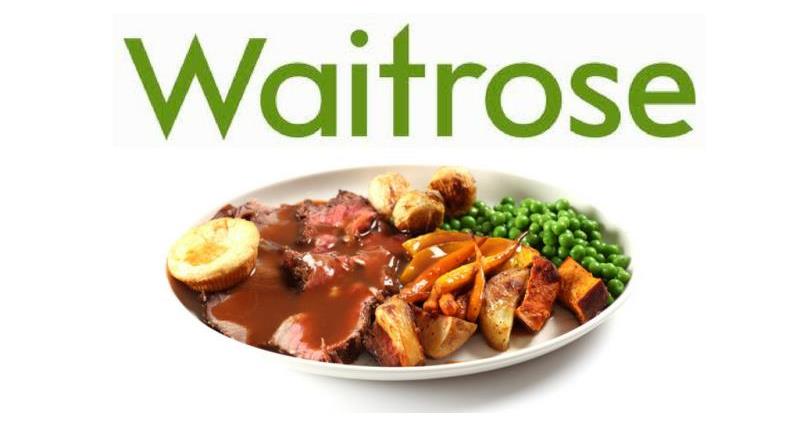Managing Director Rob Collins emphasises the changing relationship between retailers and consumers, as the customer exercises greater freedom over their shopping habits, turning to smaller, more frequent trips to east exactly what we want when we want. This has led to changing associations between food and meal occasions, as options such as brunch and even ‘brinner’ (breakfast for dinner) become more popular. 65% of UK shoppers regularly or occasionally visit a supermarket more than once a day, and 69% of us decide what to eat for the evening meal on the day. In turn retailers are opening their stores for longer hours and in more convenient locations to improve flexibility and support these changing habits.
Consumers are also becoming more price-savvy, facilitated by the increased frequency of shops. More people are buying from the reduced section, and subsequently food waste is on the decrease. 27% of consumers have a ‘using up’ recipe. These money saving moves, however, have not led to shoppers down-trading on quality, which volume reductions taking favour over quality reductions. The top product consumer will not compromise on is meat, followed by toilet roll, chocolate, coffee and cheese.
Health continues to be a significant trend, but consumers are opting for a ‘common sense’ approach, rather than restricting certain foods or dieting. Sales of vegetables, particularly dark green leafy vegetables, fruits such as blueberries, and complex carbohydrates such as barley, quinoa and bulgur wheat have increased, while posts about #meatfreemonday on the @waitrose twitter page have increase 53%. Nevertheless, protein remains a key health trend, with more consumers choosing meat based snacks such as beef jerky. Despite this, consumers are still willing to indulge themselves with a treat, and sales of indulgent desserts are up 20% and mini chocolate bars up 14%.
Eating alone is becoming more socially acceptable, with 78% of people thinking it is more acceptable than five years ago, and 54% of people having eaten out alone at least once in the past year. Restaurants are becoming more single-person friendly, and the smartphone is becoming the new dining companion. Dinner parties are also changing, as hosts are less willing to spend the majority of their time in the kitchen. Consequently roasting joints have become more popular, with sales up 21%. Sales of Abervale lamb, stuffed pork shoulder and gammon joints have all doubled. One pot meals are becoming more popular, improving sales of cheaper cuts of meat. Sales of Waitrose’s forgotten cuts meat range have soared since their introduction in 2008, with sales of pig cheeks up 30%, pig trotters up 36% and brisket up 20%. Rather than a three course meal, the popularity of small mezze and tapas plates as starters are also up, and sales have increased 67%.
Beer and cider have seen a rise in popularity, particularly for craft options and regional specialities. There are more dark beers containing roasted malts or barleys, and regional beers are particularly popular in Scotland. Cider is having a surge in popularity, particularly in the Midland and Channel Islands. The gin cocktail is also on the rise, particularly served with herbs or cucumber, and with a premium tonic. Pies have also seen resurgence, particularly meat pies, which make up 94% of Waitrose’s pie sales. Venison is particularly popular in London, being the filling of choice for 56% of pies sold in London.
For 2018, Waitrose predict that flexible food choice will continue to be popular, as more people introduce a fourth small meal to their routine, as a way of working around a busy schedule, and the fall of the big shopping trolley as more people carry out small, daily shops. Asian food fusions also look popular, from Indian street food and hearty Japanese ‘dude food’. Plant proteins are also likely to become more popular, particularly as an increasing number of consumers look to increase their protein intake as part of a flexitarian diet.
